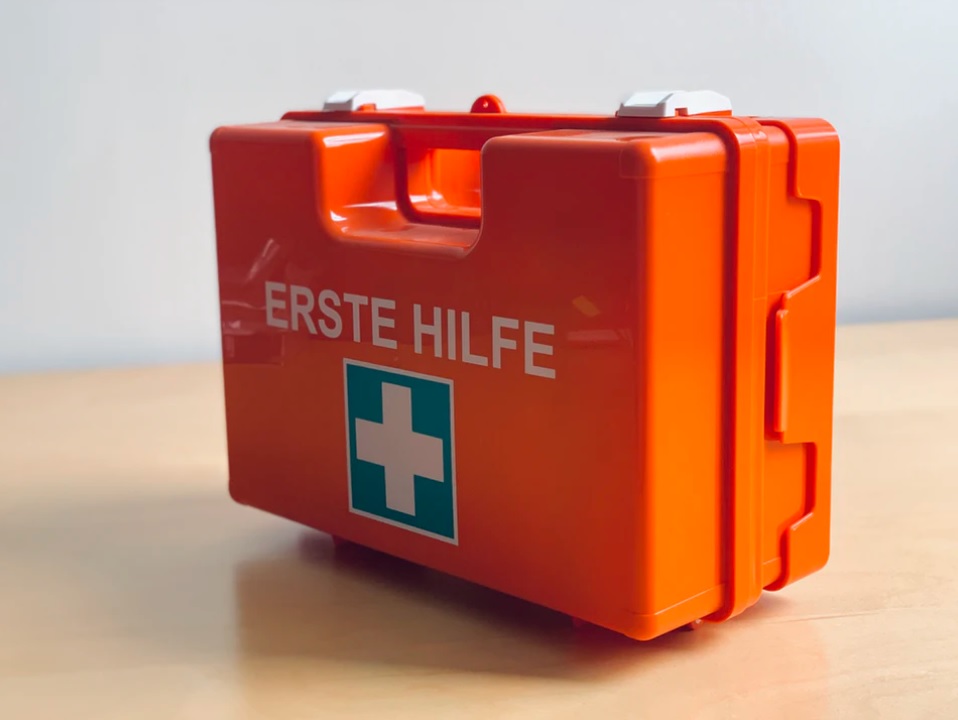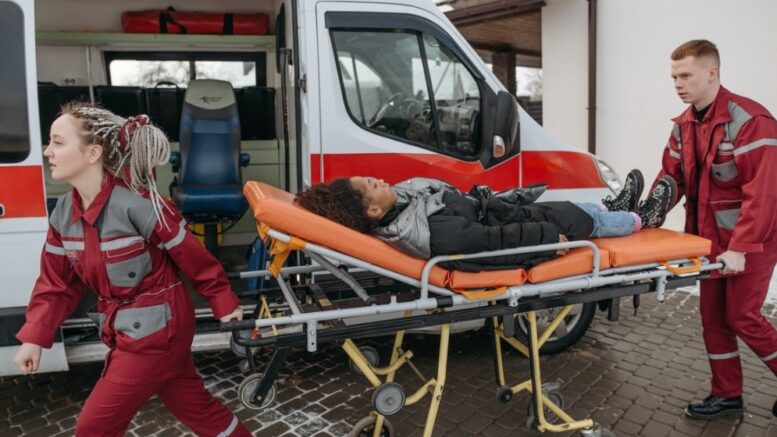CPR, or Cardio-Pulmonary Resuscitation, is a critical life-saving skill that everyone should be equipped with. However, there’s often hesitation and fear when it comes to administering CPR to someone with HIV due to misconceptions and stigmatization. In this article, we’ll explore how you can prepare yourself to confidently give CPR to an HIV-positive patient, while dispelling the myths surrounding HIV transmission during CPR.
Understanding HIV
What is HIV?
Human Immunodeficiency Virus (HIV) is a virus that attacks the immune system, weakening the body’s ability to fight infections and diseases. It’s primarily transmitted through unprotected sexual contact, sharing needles, and from mother to child during childbirth or breastfeeding.
Current HIV Statistics
Understanding the prevalence of HIV in your region is essential. According to recent statistics, there are approximately 38 million people worldwide living with HIV. However, it’s important to remember that advances in medical treatment have transformed HIV from a life-threatening condition to a manageable one.
HIV Treatment and Advancements
HIV is no longer the same deadly virus it once was. Antiretroviral therapy (ART) has made it possible for individuals with HIV to live long and healthy lives. When patients are on effective treatment, their viral load can become undetectable, meaning the virus is effectively controlled, and the risk of transmission is drastically reduced. Understanding these facts helps reduce fear and stigma.
The Role of CPR in Emergencies
Why CPR is Crucial
CPR is a vital skill that can mean the difference between life and death during cardiac emergencies. When someone’s heart stops beating, CPR provides artificial circulation and oxygenation, keeping vital organs alive until professional medical help arrives.
CPR as a Life-Saving Technique
Regardless of a person’s HIV status, the primary goal during a cardiac arrest is to restore blood circulation and oxygenation to the brain and other vital organs. Administering CPR promptly and effectively is crucial for the patient’s survival.

Myths and Misconceptions about HIV Transmission During CPR
One of the major barriers to administering CPR to an HIV-positive individual is the fear of transmission. However, HIV is not transmitted through saliva or skin contact. It’s primarily spread through blood, semen, vaginal fluids, rectal fluids, and breast milk. During CPR, the risk of direct blood contact is extremely low, especially if you take appropriate precautions.
Preparing Mentally and Emotionally
Challenging HIV-related Stigmas
Stigma and discrimination against people with HIV still exist, but it’s crucial to challenge these misconceptions. Remember that HIV is not easily transmissible in everyday situations, and giving CPR doesn’t put you at significant risk.
Empathy and Compassion for the Patient
People with HIV may already be dealing with a lot emotionally and physically. Approach the situation with empathy and compassion, just as you would with any other patient.
Self-Awareness and Reducing Anxiety
Before administering CPR, take a moment to acknowledge any anxiety or fear you may have. Deep breaths and mental preparedness can help you stay focused on the life-saving task at hand.
Essential Equipment and Supplies
CPR Basics
Before you begin CPR on any patient, regardless of their HIV status, it’s essential to be familiar with the basics. This includes understanding the ratio of chest compressions to rescue breaths and the proper hand placement for compressions.
Personal Protective Equipment (PPE)
When preparing to give CPR to an HIV-positive patient, it’s crucial to wear appropriate PPE to reduce the risk of contact with bodily fluids. This includes gloves, masks, and face shields.
The Importance of Having an Emergency Kit
Having an emergency kit with gloves, masks, and other necessary supplies readily available is essential. In a cardiac emergency, time is of the essence, and having everything you need close by can make a significant difference.

Communicating with the Patient
The Significance of Clear Communication
Clear and concise communication is crucial during any medical emergency. If the patient is conscious and able to communicate, explain what you’re about to do and ask for their consent to administer CPR.
How to Ask About Their HIV Status Respectfully
If you are aware of the patient’s HIV status, there’s no need to ask about it during a life-threatening situation. Your primary focus should be on providing immediate care. However, if the patient is conscious and able to communicate, respect their privacy and only ask questions related to their immediate medical history.
Gaining Consent for CPR
In most cases, if a person is unresponsive and not breathing, you are presumed to have implied consent to perform CPR. However, if you are unsure, it’s better to err on the side of saving a life. Remember that during a cardiac arrest, every second counts.
CPR Techniques for HIV Positive Patients
A Step-by-step CPR Process
The CPR process consists of chest compressions and rescue breaths. It’s crucial to follow the recommended guidelines for your region. In many cases, hands-only CPR is recommended for bystanders.
B. Modifications for HIV Positive Patients
1. Using a Barrier Device
If you have access to a barrier device, such as a CPR face shield, use it during rescue breaths. This provides an additional layer of protection against direct contact with bodily fluids.
2. Limiting Exposure to Bodily Fluids
Minimize the risk of exposure by avoiding unnecessary contact with the patient’s mouth and nose. Focus on delivering effective chest compressions and rescue breaths if trained to do so.
C. Hands-Only CPR and Its Advantages
Hands-only CPR involves chest compressions without rescue breaths. This technique is highly effective and reduces the risk of any potential HIV transmission since it eliminates the need for mouth-to-mouth contact.

Post-CPR Considerations
Discarding PPE Properly
After administering CPR, remove and discard PPE carefully to prevent contamination. Dispose of gloves, masks, and face shields in a biohazard bag or a designated container.
Seeking Medical Assistance
CPR is not a substitute for professional medical care. Once the patient’s heart starts beating or medical help arrives, ensure they receive proper medical attention to address the underlying cause of the cardiac arrest.
Offering Support to the Patient
After the emergency is resolved, offer support and reassurance to the patient. They may have experienced a traumatic event, and your empathy can go a long way in their recovery process.
Training and Certification
Where to Find CPR Training
To be fully prepared to give CPR to an HIV-positive patient, consider taking a certified CPR course. These courses are often offered by organizations like the American Heart Association or the Red Cross.
Inclusive CPR Training Programs
Look for training programs that specifically address CPR for diverse populations, including HIV-positive individuals. Inclusive training ensures that you are well-prepared to handle various emergency situations.
The Importance of Regular CPR Refresher Courses
CPR guidelines and techniques may change over time, so it’s essential to stay updated by taking refresher courses. Being well-practiced and informed can boost your confidence and effectiveness during emergencies.
Conclusion
Being prepared to give CPR to an HIV-positive patient involves understanding the virus, dispelling myths, and approaching the situation with empathy and knowledge. With the right training, equipment, and mindset, you can confidently provide life-saving CPR to anyone in need, regardless of their HIV status.
By breaking down barriers and challenging stigmas, you contribute to a more inclusive and compassionate society where every life is valued and protected. Remember, CPR is about saving lives, and that mission transcends any misconceptions or fears.
